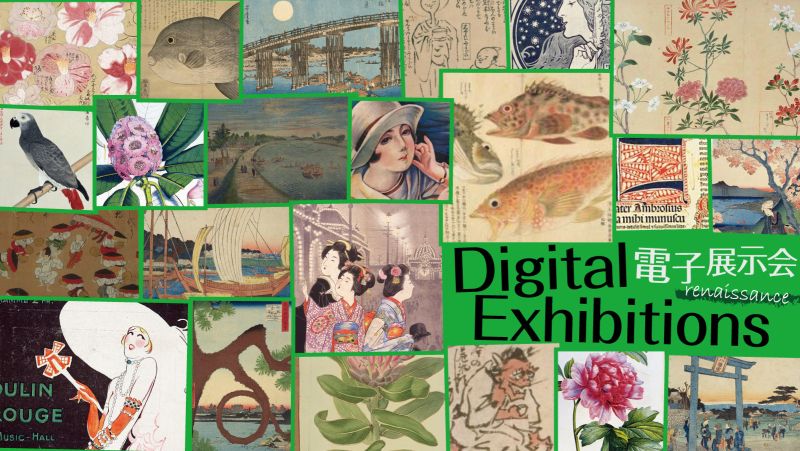Stylish Edokko (Edo citizens) surviving the summer

Now summer is in full swing, and the sweltering heat continues every day. During the hot and sluggish days and nights, how did people in the Edo period manage without short sleeves or sleeveless clothing?
Measures to cope with the heat in Edo
Although the climate was cooler in the Edo period than today, the summer heat remains the same. People in Edo opened the doors of their houses to let in air and used sudare (bamboo screens) and yoshizu (reed awings) to block direct sunlight.
In the upper left image, a screen is draped behind a child and a man looking at goldfish. In the center of the painting, a yoshido (sliding door with reeds) is depicted, and inside the house, a woman is turning a fan-like device with some uchiwa fans as fan blades. In the upper right image, a woman and child are cooling off by watching swimming goldfish.
In the image above, a man selling morning glories is handing a potted morning glory plant to a woman behind sudare. This woman may be cooling off indoors by admiring the morning glory. On the other hand, as shown in the upper right, a man is sitting and resting surrounded by yoshizu. To beat the summer heat, people in Edo used uchiwa fans in the shade to cool off. It is similar to how we air-condition our homes today to avoid heat stroke.
The images below also depict a man lying on an outdoor bench with an uchiwa fan in one hand and a man half out of his kimono because of the heat.
In addition, people in Edo tried to feel cooler by buying furin wind chimes and feeling coolness from the sound, or by buying goldfish.
Sellers of furin, goldrish, and uchiwa
Summer night fun
When the sun finally sets, it is time to go out. The people of Edo enjoyed strolling along the banks of the Sumida River or taking boat rides to cool off in the evenings.
The nishiki-e below depicts the bustling scene of women and children coming to the Sumida River for cooler evenings with chochin lanterns and uchiwa fans, and many kawabune riverboats and yakatabune houseboats for boating.
Many stalls selling food and other products were lined up along the banks of the Sumida River. UTAGAWA Hiroshige's Ryogoku-bashi yusuzumi zenzu (Evening cooling at Ryogoku Bridge) depicts stalls covered with yoshizu and sudare, along with many kawabune river boats.
UTAGAWA Toyokuni's Edo Ryogoku Suzumi no Zu (Evening at the Ryogoku Bridge in Edo) also depicts people gathering on the banks of the Sumida River, with stores and food stalls.
A child eats watermelon under the bridge while an adult lounges on a boat, each spending the hot summer night as they please. Some people are also jumping into the river and swimming.
Surviving the summer with food and drink
What did the people of Edo eat to survive the summer? People in the Edo period ate eel to survive the summer, although now it is known as an expensive ingredient. Grilled eel, called unagi no kabayaki, was a source of summer stamina for the people of Edo. The phrase 今日うしの日 (“Today is the day of the Ox”) can be seen in the image below. It seems that people in Edo ate eel on the day of the Ox, just as they do now. They also ate suppon (soft-shelled turtle) as a nourishing food.
In summer, drinks to prevent summer fatigue, such as cold water, barley tea, amazake (sweet sake), and loquat leaf tea, were sold in Edo town. In addition, sellers of tokoro-ten and shiratama, thirst-quenching summer foods, also appeared in town. Watermelon, which is high in water content, was popular as a fruit. It was cut into a square shape and placed on a tray.
Sellers of cold water, barley tea, and loquat leaf tea
Sellers of amazake, Sellers of tokoro-ten and shiratama
